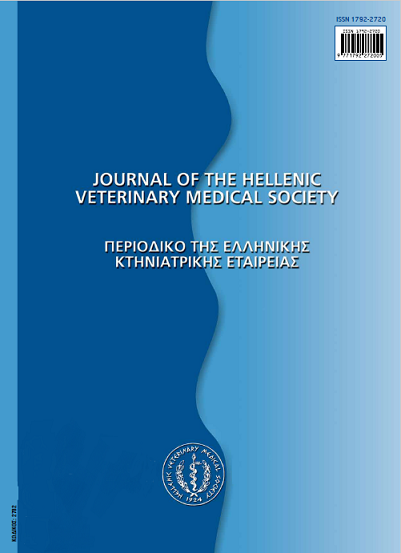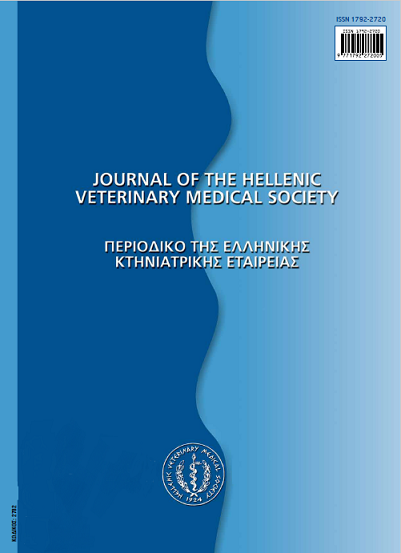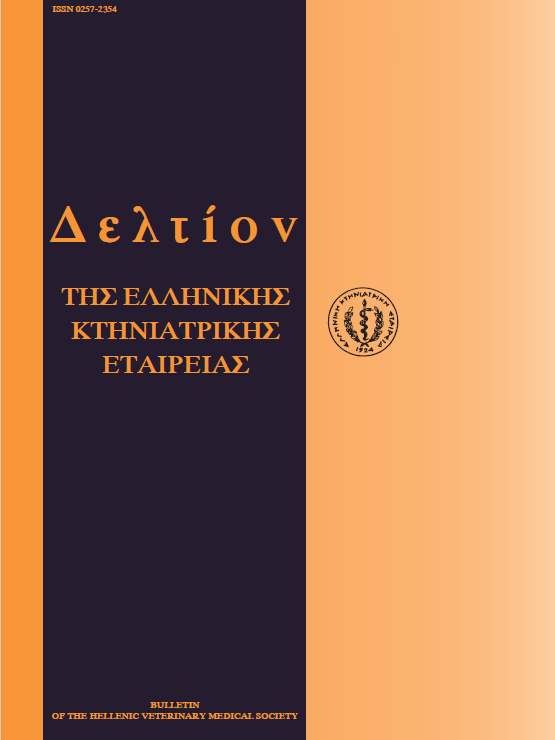Canine coronavirus: not an ‘innocuous’ virus

Abstract
Canine coronavirus (CCoV) is a significant aetiologic agent of acute diarrhoea in dogs, specially in puppies. An important characteristic of coronaviruses is their high genetic variability, due to increased mutation frequency and sporadic recombination events. Due to this genetic variability, CCoV is classified in two distinct types, type I and II. CCoV type I strains share increased genetic similarity with Feline coronavirus strains, while CCoV type II consists of the typical reference CCoVs. Moreover, type II strains are classified into one of two subtypes, which include the classical strains (CCoV-IIa) and the new strains (CCoV-IIb), which emerged as a result of recombination among CCoV and Porcine transmissible gastroenteritis virus. Typical disease signs of CCoV infection are anorexia, depression, lethargy, as well as vomiting and diarrhoea. Mortality rate is low, especially in adult dogs with no infection signs. Most dogs recover within 7-10 days. Mixed infections with other viruses, bacteria or parasites may lead to more severe clinical disease. Currently, CCoV appears to have spread worldwide and has been related to mild, acute diarrhoea. However, during the last years, novel CCoV strains associated with outbreaks of lethal gastroenteritis have been detected in Australia and Europe. Genome analysis revealed that these strains shared low similarity with prototype reference strains of CCoV, suggesting that atypical, divergent strains may be related to more severe clinical signs. In addition, over the past decade, strains with an ability to trespass the intestinal tract, leading to lethal systemic infection, have also been isolated. These strains have attracted scientific interest, with research focusing on experimental infections, identification of genetic markers and prophylaxis. Pantropic CCoV strains have been detected across Europe, suggesting that the new, highly pathogenic biotype is circulating among canine population. The high genetic variability of CCoV, the severe mixed infections and the antigenic differences among CCoV types and subtypes raise questions regarding the protective efficacy of the currently commercially available vaccines.
Article Details
- How to Cite
-
NTAFIS (Β. ΝΤΑΦΗΣ) V., PAPANASTASSOPOULOU (Μ. ΠΑΠΑΝΑΣΤΑΣΟΠΟΥΛΟΥ) M., & XYLOURI (E.ΞΥΛΟΥΡΗ) E. (2017). Canine coronavirus: not an ‘innocuous’ virus. Journal of the Hellenic Veterinary Medical Society, 64(1), 57–68. https://doi.org/10.12681/jhvms.15480
- Issue
- Vol. 64 No. 1 (2013)
- Section
- Review Articles
Authors who publish with this journal agree to the following terms:
· Authors retain copyright and grant the journal right of first publication with the work simultaneously licensed under a Creative Commons Attribution Non-Commercial License that allows others to share the work with an acknowledgement of the work's authorship and initial publication in this journal.
· Authors are able to enter into separate, additional contractual arrangements for the non-exclusive distribution of the journal's published version of the work (e.g. post it to an institutional repository or publish it in a book), with an acknowledgement of its initial publication in this journal.
· Authors are permitted and encouraged to post their work online (preferably in institutional repositories or on their website) prior to and during the submission process, as it can lead to productive exchanges, as well as earlier and greater citation of published work.





